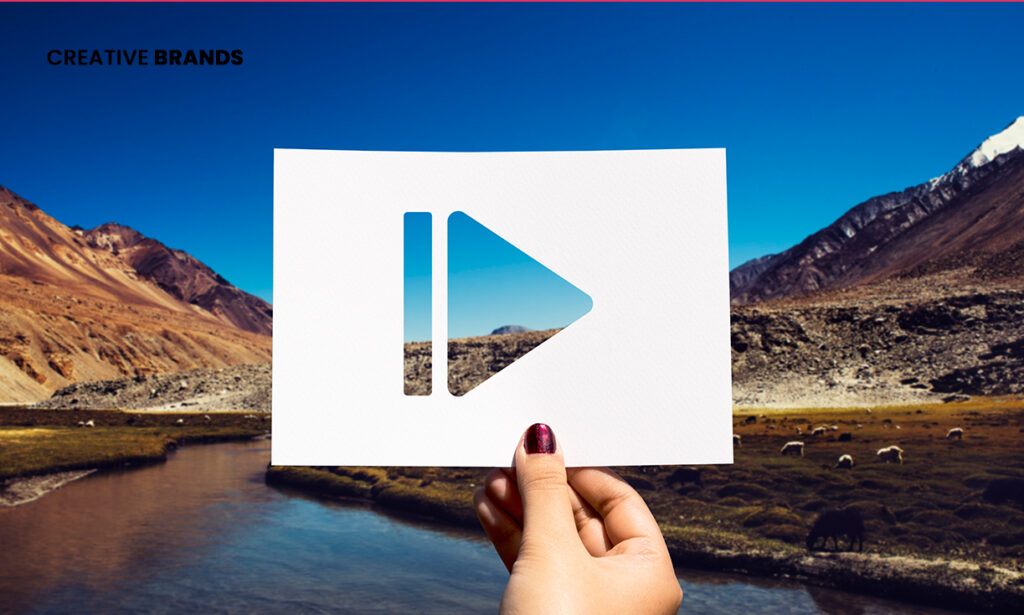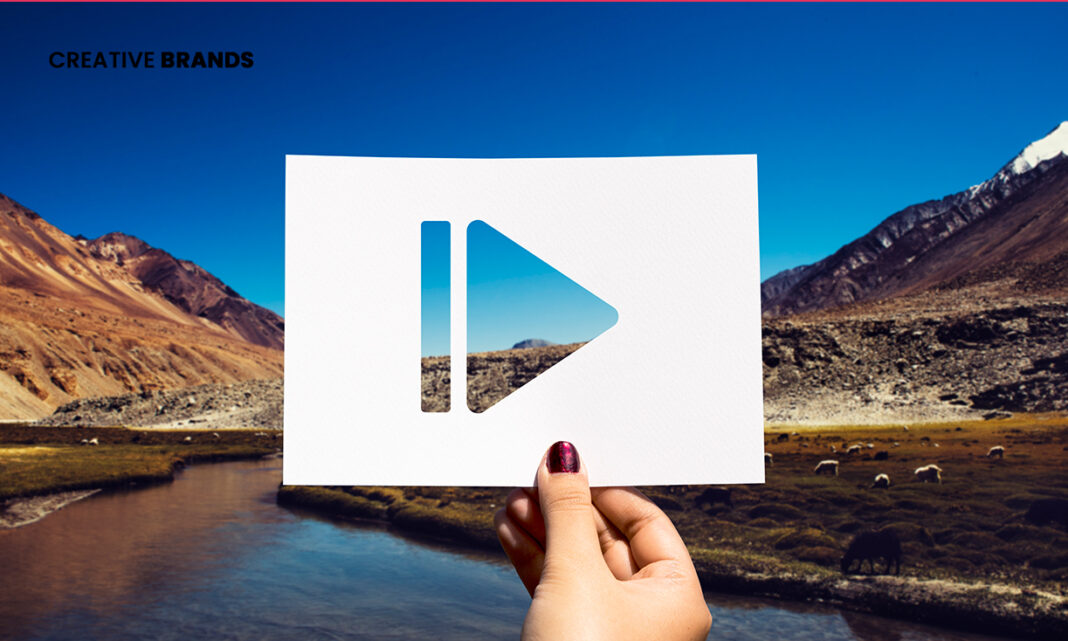Despite 93% of Indians watching videos daily for over two hours, a 3,000-person R K Swamy–Hansa Research study reveals digital video ads barely register, with viewers recalling only 1.5 brands on average. Skipping, muting and perceived irrelevance drive low impact, raising concerns over India’s massive digital ad spending.

India’s digital video boom has reshaped entertainment habits, but a new study suggests it has done little to strengthen brand memory. A white paper released by R K Swamy’s Centre for Study of Indian Markets reveals a startling disconnect between the country’s surging video consumption and the effectiveness of the ads that accompany it. Conducted by Hansa Research across ten major cities with 3,000 respondents, the study finds that even though 93 percent of people watch videos every day—mostly on their mobile phones—brand recall remains abysmally low, raising uncomfortable questions for marketers pouring thousands of crores into digital video advertising.
The numbers paint a vivid picture of a nation hooked to its screens. On average, respondents spend 2.17 hours a day watching videos on their phones, with regional-language content dominating the feed. The ubiquity of mobile viewing has been one of the defining shifts in India’s media landscape, driven by cheap data, affordable smartphones and the rise of short-form content. WhatsApp has also quietly cemented its place as a powerhouse of video circulation, with 74 percent of users watching most or all of the videos they receive on the platform. Nearly half of all videos consumed by respondents originate from peer-to-peer sharing, underscoring how deeply embedded WhatsApp has become in India’s informal content ecosystem.
Yet the advertising that saturates these videos barely seems to make an impression. On average, respondents could recall only 1.5 brands, even though the study captured mentions of more than 600. Almost all of these brands had a recall of less than 1 percent. Only eleven brands crossed the 3 percent threshold: Zepto, Zomato, Meesho, Nescafé, Flipkart, Amazon, Swiggy, Blinkit, Country Delight, Rummy Circle and Dream11. These largely belong to categories that have become ubiquitous in the digital space—online shopping, food delivery, quick-commerce groceries and coffee. The study suggests that the high-frequency presence of these brands may be helping them stay marginally ahead, but even their recall scores reflect a broader problem: billions of views are not translating into memorable brand experiences.
Part of the problem is behavioural. Skipping behaviour is rampant, with 78 percent of respondents saying they skip ads whenever possible. When ads cannot be skipped, half the viewers mute them. These habits, born out of years of digital content consumption, create an environment where attention is deliberately withheld, not freely given. This makes the task of digital advertisers significantly tougher, especially on platforms such as YouTube, Facebook and Instagram, where the competition for attention is fierce and users have developed reflexive ad-avoidance behaviours.
Relevance—or the lack of it—is another major barrier. The study found that 69 percent of respondents feel the ads they see are irrelevant to them. For an industry built on the promise of data-driven precision, this is a damning indictment. Platforms may be capturing vast amounts of user data, but the experience at the end of the chain seems to be falling short, resulting in ads that fail to connect, persuade or even register. As S. Narasimhan, EVP and chief digital officer at R K Swamy, remarked, “Many respondents had difficulty in remembering and accurately identifying brands. Very few were able to recall specific details of the creative content itself. In the light of major expenditure in digital video platforms, this was a disappointment.”
The implications are significant. If digital video is indeed becoming the dominant form of entertainment—as the study indicates—then advertisers might need to rethink not just how much they spend, but how they create and target campaigns. Longer screen time does improve recall slightly, but even among heavy users, the baseline remains low. Younger audiences showed marginally better recall on Meta platforms, and q-commerce brands appeared to resonate more with younger respondents, but these nuances do little to offset the overall trend.
One of the more intriguing findings is the role of WhatsApp as a video platform. With nearly three-quarters of respondents actively watching videos they receive in chats, WhatsApp emerges as a quiet yet influential player in content dissemination. Yet it remains largely underutilized by brands for structured advertising, partly because it is designed as a private, encrypted messaging platform. Its dominance in sharing behaviour complicates the advertising equation: while videos spread widely, ads embedded in official digital streams do not necessarily travel with them. As a result, many consumers see only the content that users choose to share—not the ads brands pay to distribute.
The over-reliance on traditional digital platforms such as YouTube also seems to be hurting brand recall. Despite being the most viewed platform for ads, YouTube is not delivering corresponding memory retention. The same is true for Facebook and Instagram. As Praveen Nijhara, CEO of Hansa Research Group, pointed out, “While YouTube was highly viewed, the recall of brands on the medium was poor. So was the case with Facebook and Instagram. A significant majority of the respondents report skipping ads and muting them.”
This mismatch suggests that digital platforms may be excellent at delivering reach but far less effective in delivering resonance. It raises a critical question for marketers: should the metric of success shift from impressions to impact? The study’s findings indicate that reach alone is not enough. If brands want to break through the noise, they may need to invest in creativity that is tailored to digital habits, adopt storytelling formats that are native to platforms and move toward more participatory content.
The low recall numbers also hint at potential fatigue. Consumers who watch hours of video daily may be tuning out anything that disrupts their viewing flow. Ad blindness, once associated with banner ads, seems to have migrated into the video space. The sheer volume of content competing for attention makes it harder for any single message to stand out unless it is particularly distinctive or contextually relevant.
For advertisers, the study may serve as a wake-up call at a time when digital ad spending continues to climb. India’s digital video ad spend has seen double-digit growth, driven by the expansion of OTT platforms, short-video apps and social media. Yet the study shows that the industry’s return on investment—in terms of consumer memory—is alarmingly low. As R K Swamy continues this research month to month, the data may offer brands a more grounded understanding of what actually works in a market where attention is abundant but memory is scarce.
Ultimately, the findings underscore a fundamental truth about advertising: visibility is not the same as impact. Even in a hyper-connected era where videos dominate daily life, the ability of an ad to stick depends on creativity, relevance and emotional resonance. India’s digital video ecosystem may be booming, but unless brands rethink their approach, many of their messages will continue to disappear in the endless scroll—barely remembered, barely noticed and barely effective.







